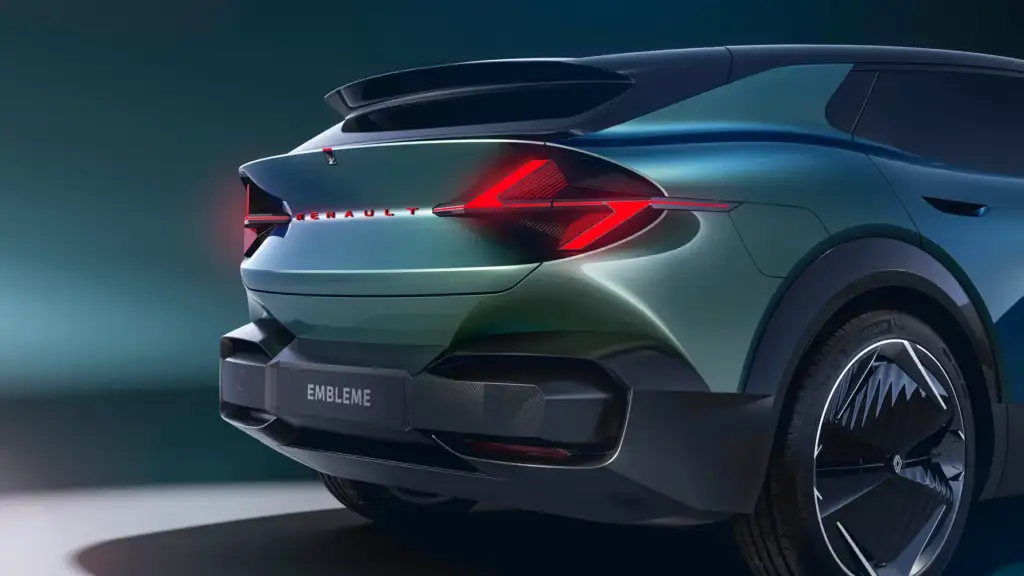Renault Group aims to achieve net-zero carbon emissions in Europe by 2040 and globally by 2050, with innovative cars like the new Emblème concept playing a key role.
Through life cycle analysis, Renault estimates that a petrol-powered Captur emits 49 tonnes of CO2 over its lifetime, including material extraction, production, assembly, transport, usage, maintenance, and recycling. In comparison, the all-electric Megane E-Tech cuts that figure in half to 24 tonnes for the same 200,000km. But the target for the Emblème? Just five tonnes of CO2 from cradle to grave—a remarkable achievement.
Several factors contribute to this low number, including its hybrid hydrogen powertrain. The rear-wheel-drive Emblème features a 215bhp electric motor that avoids the use of rare earth materials. It’s paired with a lightweight 40kWh battery, and a hydrogen fuel cell with a 2.8kg tank extends the range to around 217 miles.
The car’s efficient design also helps reduce CO2 emissions. The shooting brake body style, flat floor, aerodynamic wheels, and cameras integrated into the wheel arches (replacing mirrors) all contribute to its drag coefficient of 0.25. Renault has also reduced the weight to 1,750kg—impressive for a 4.8m vehicle housing both batteries and a fuel cell.
Renault collaborated with 20 partners on the Emblème concept to maximize decarbonization. This included using natural and recycled materials, powering production with renewable energy, and exploring part reusability. A detailed breakdown of how they achieved the five-tonne CO2 figure will be released soon.
Although still a demo car, the Emblème will debut at the Paris Motor Show this month, showcasing its potential as a cutting-edge, eco-friendly “mobile laboratory.”
















